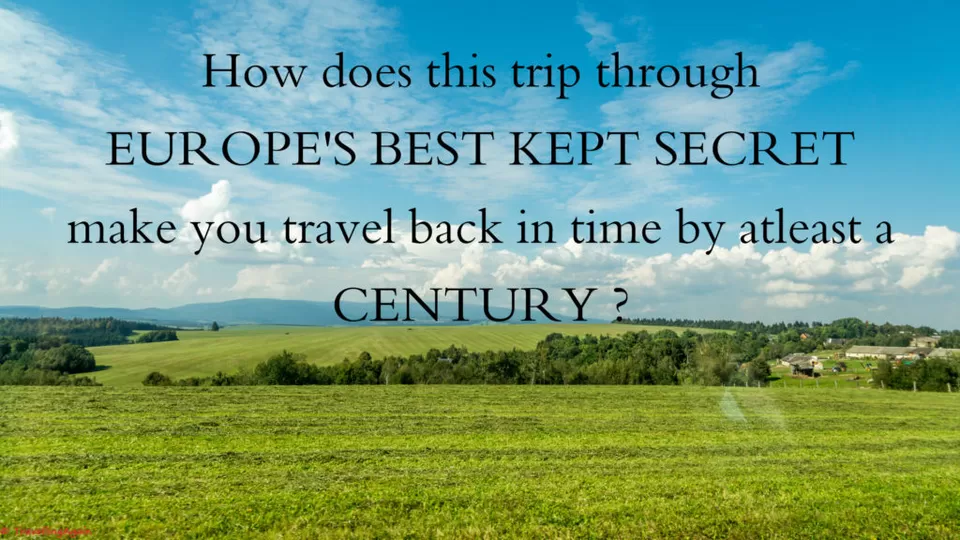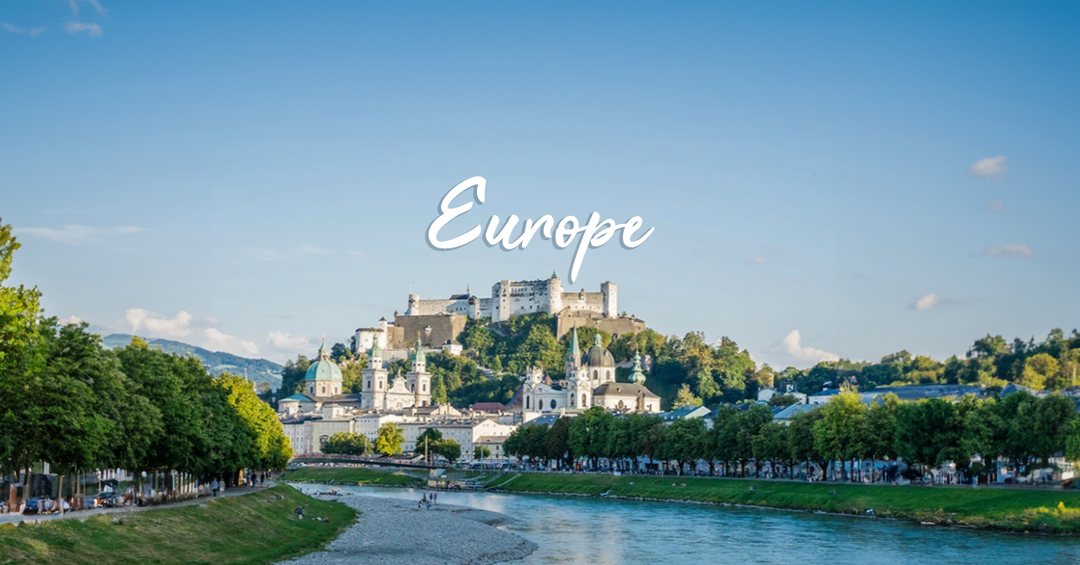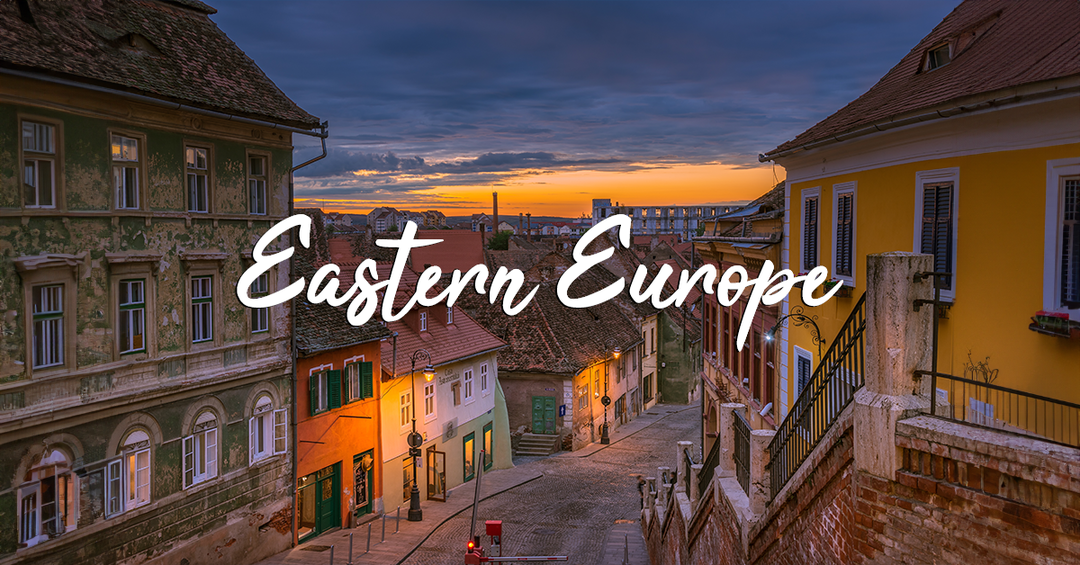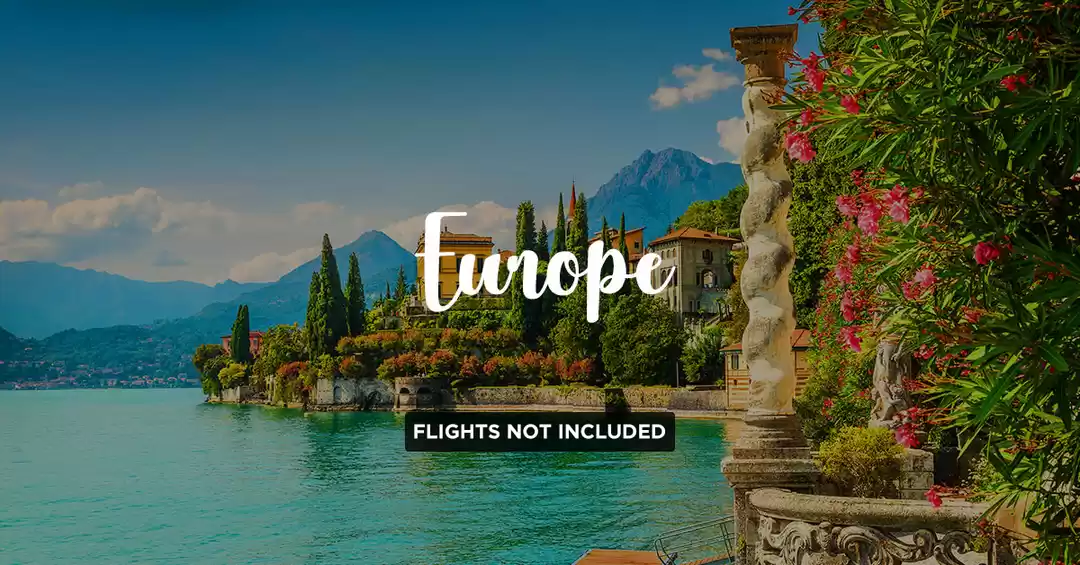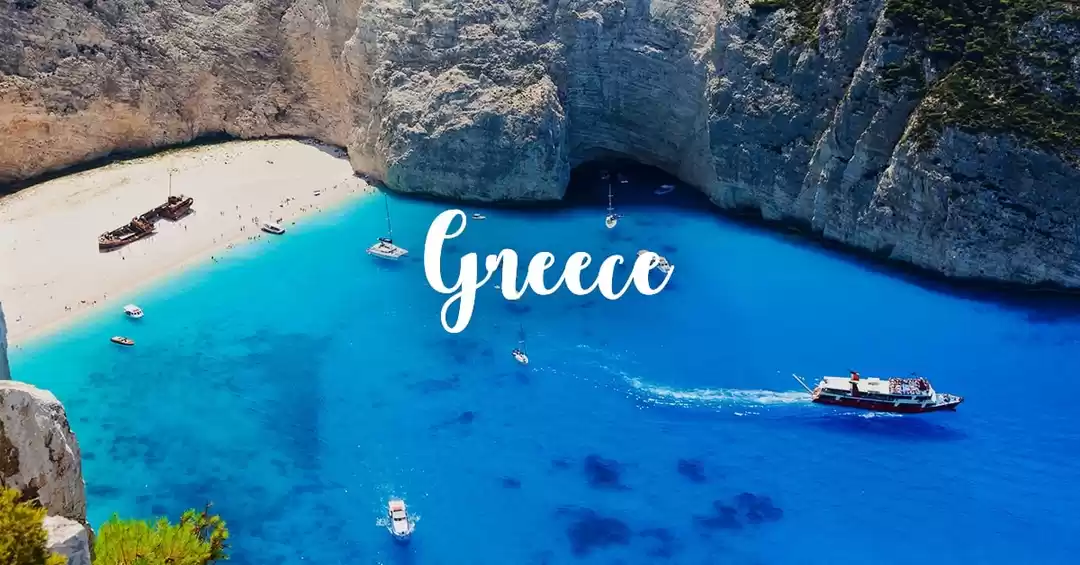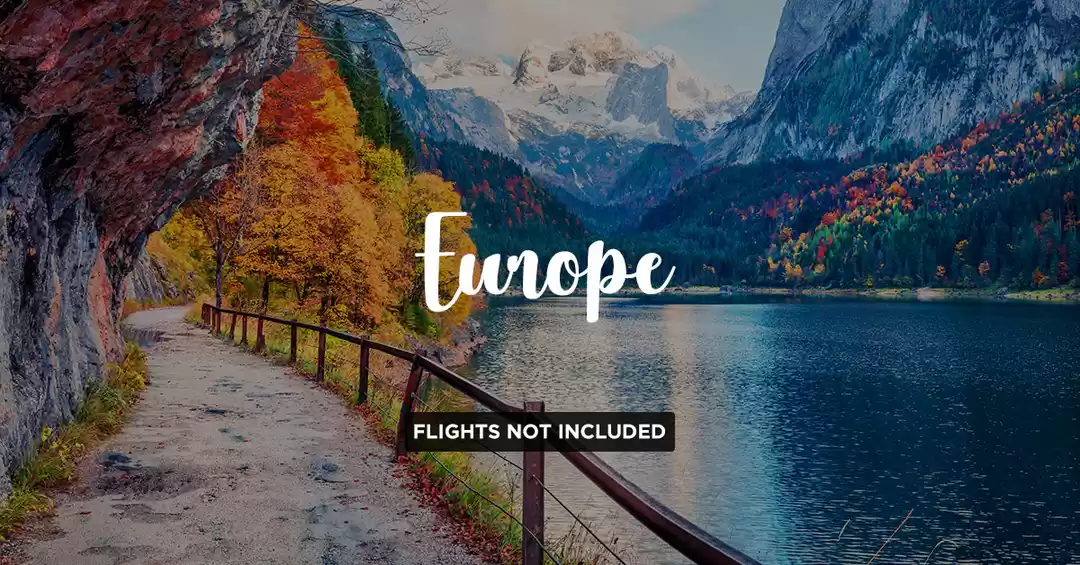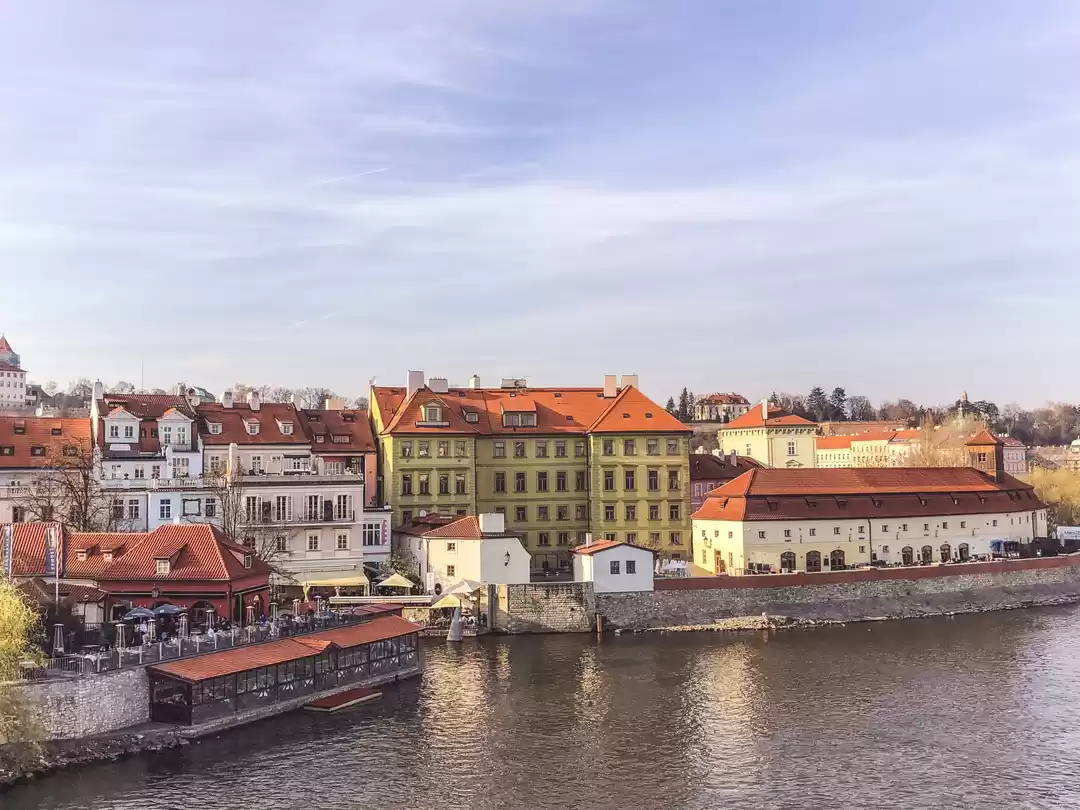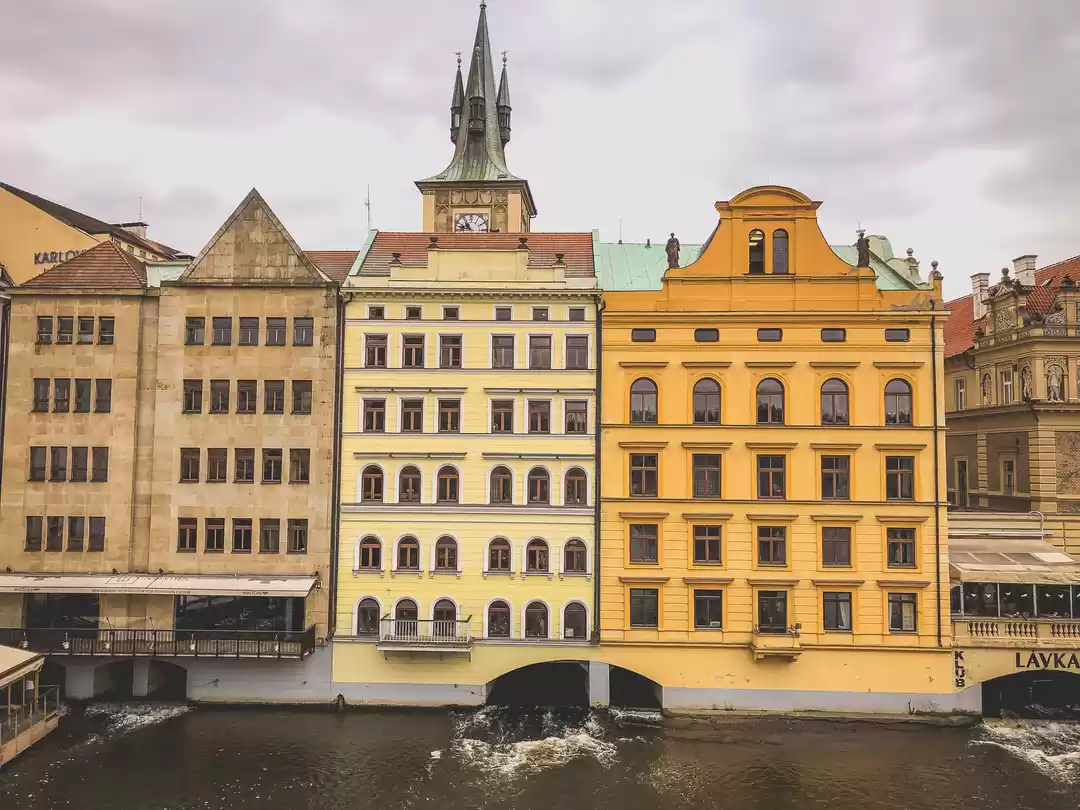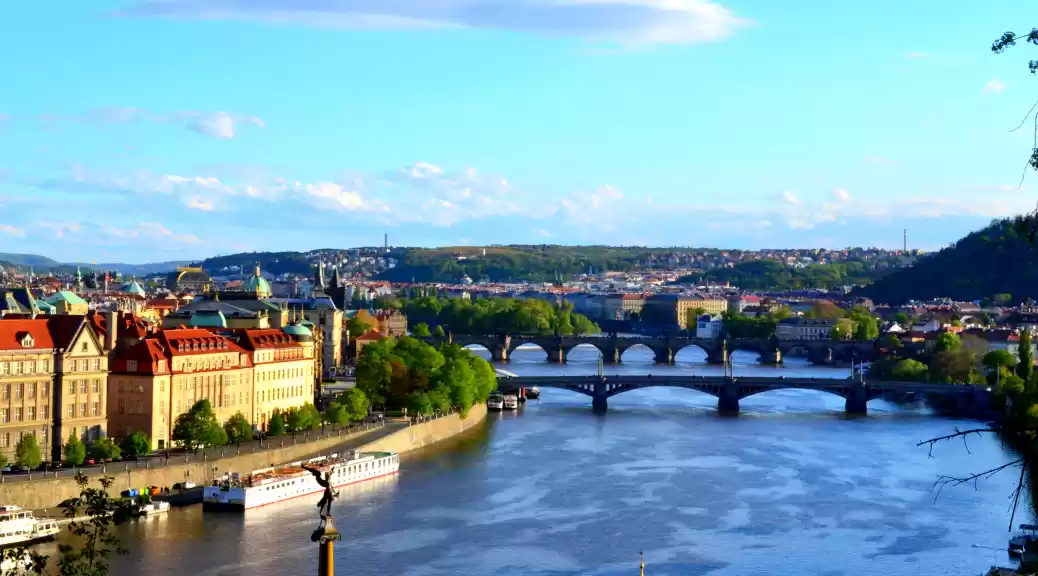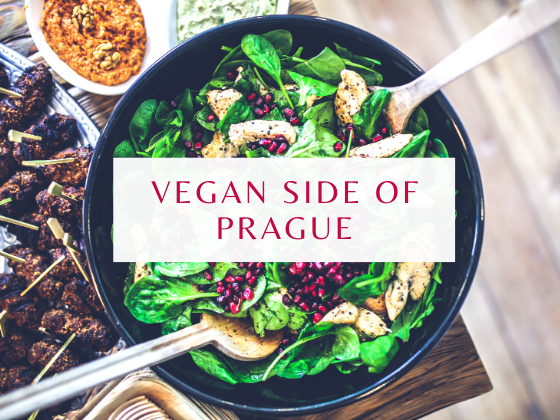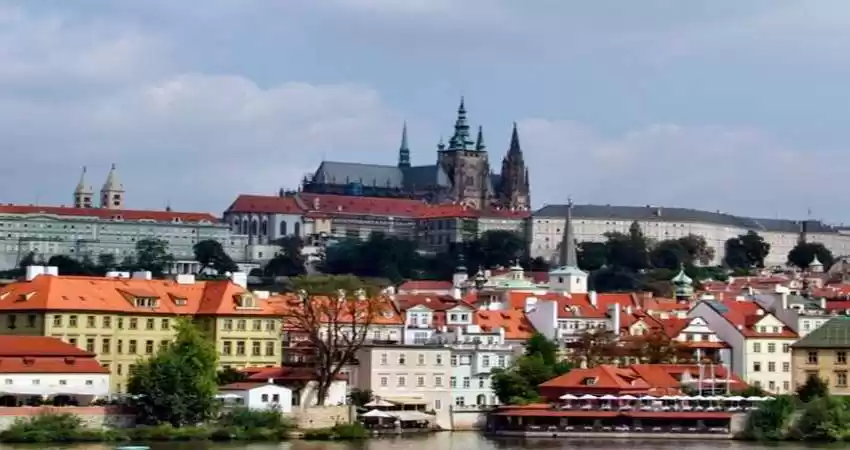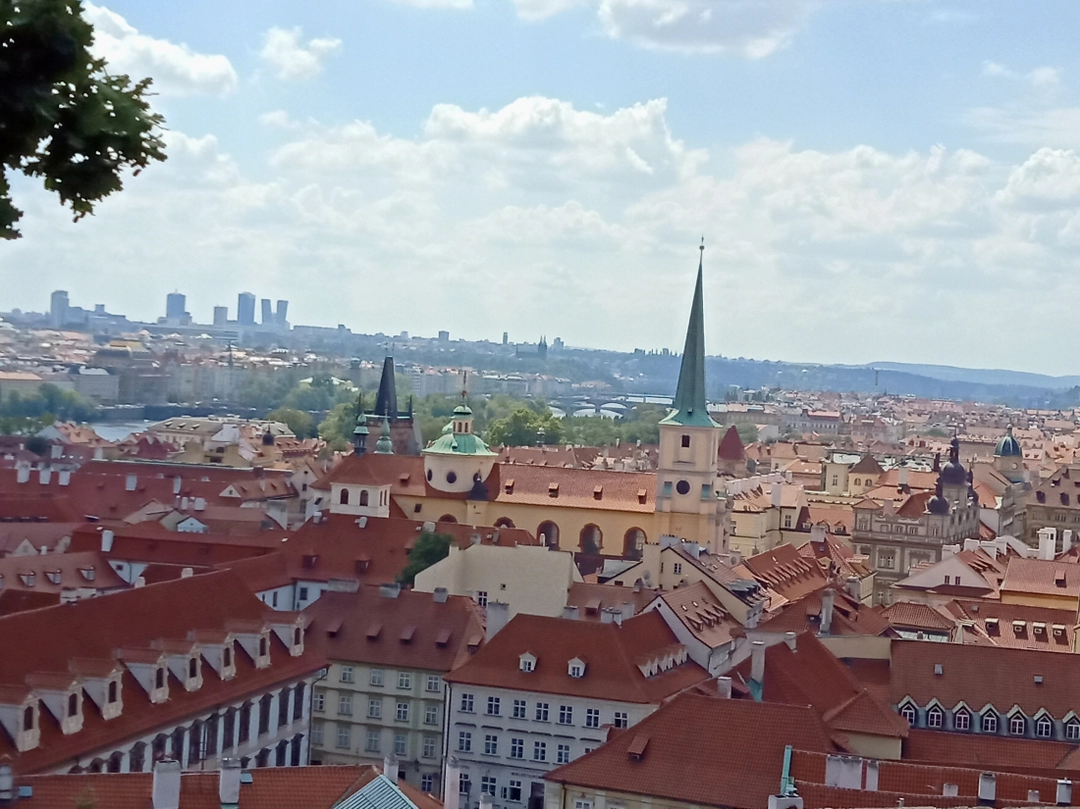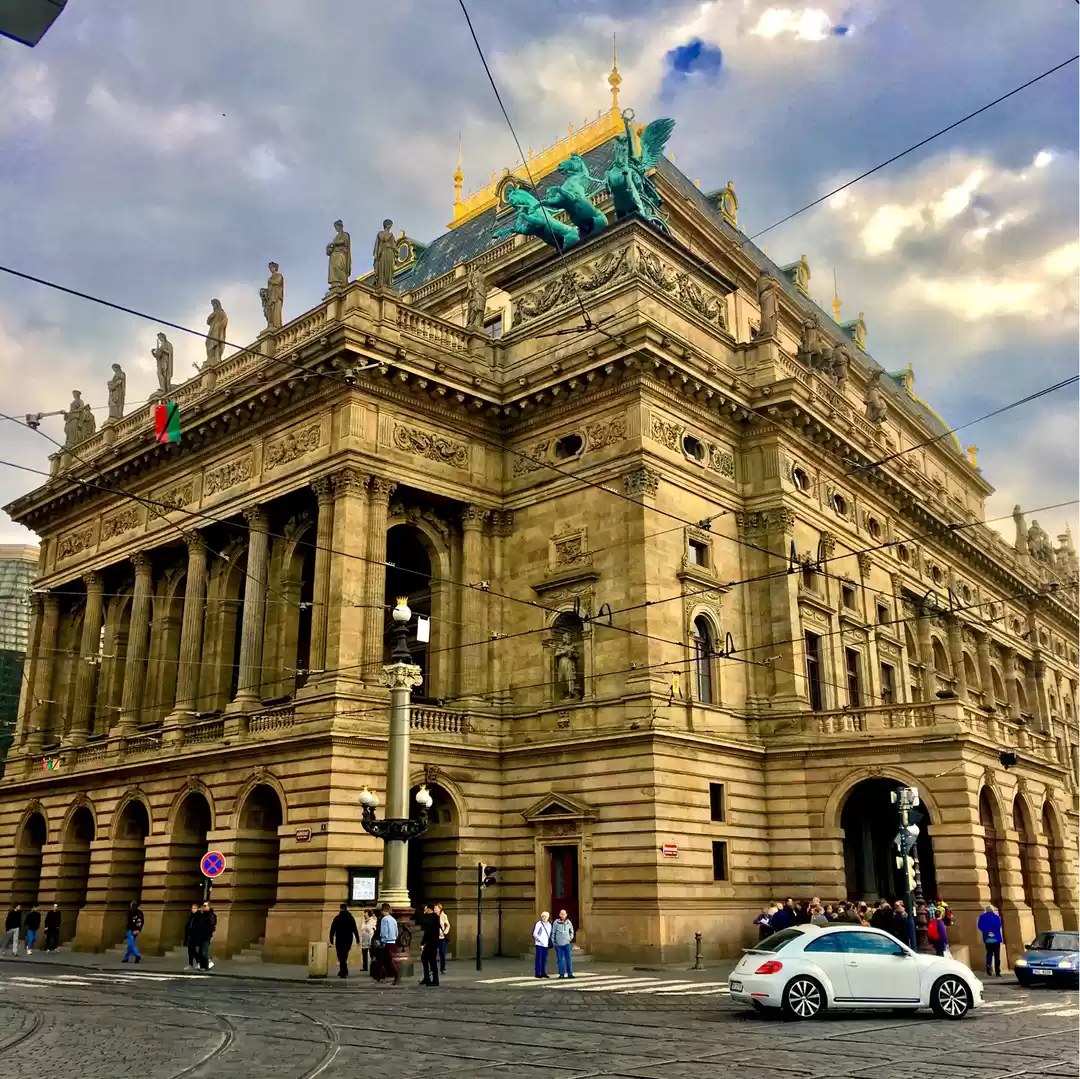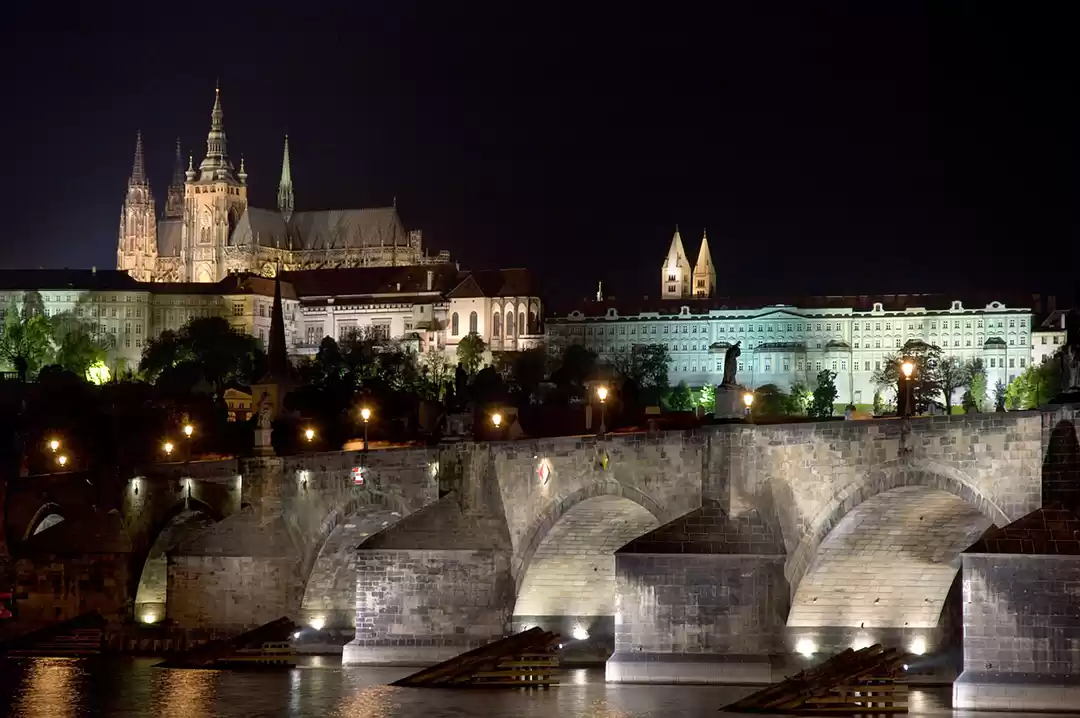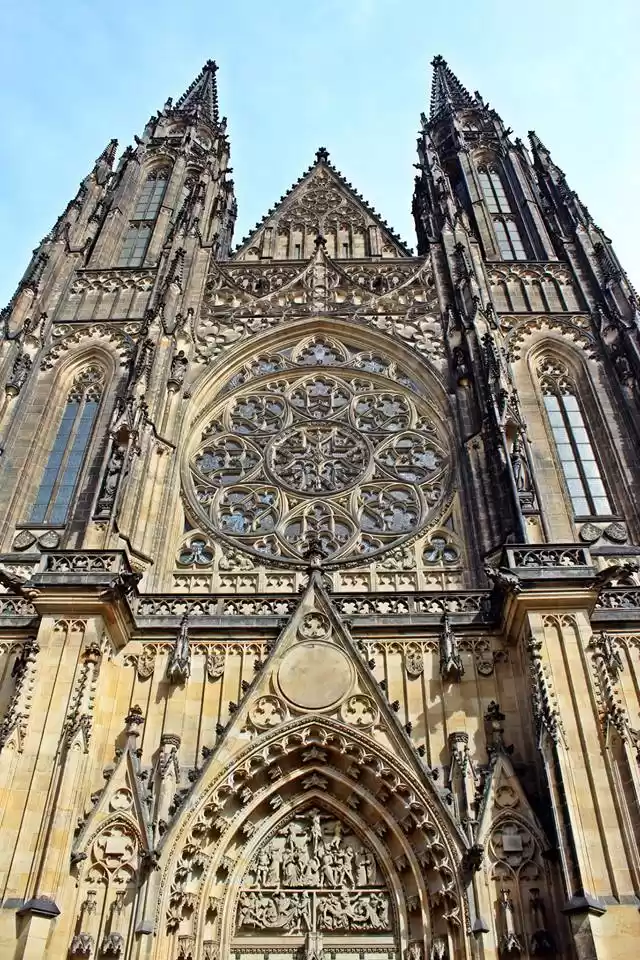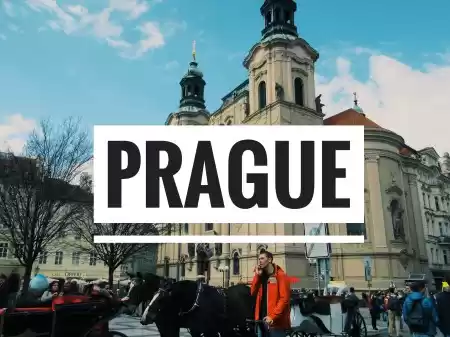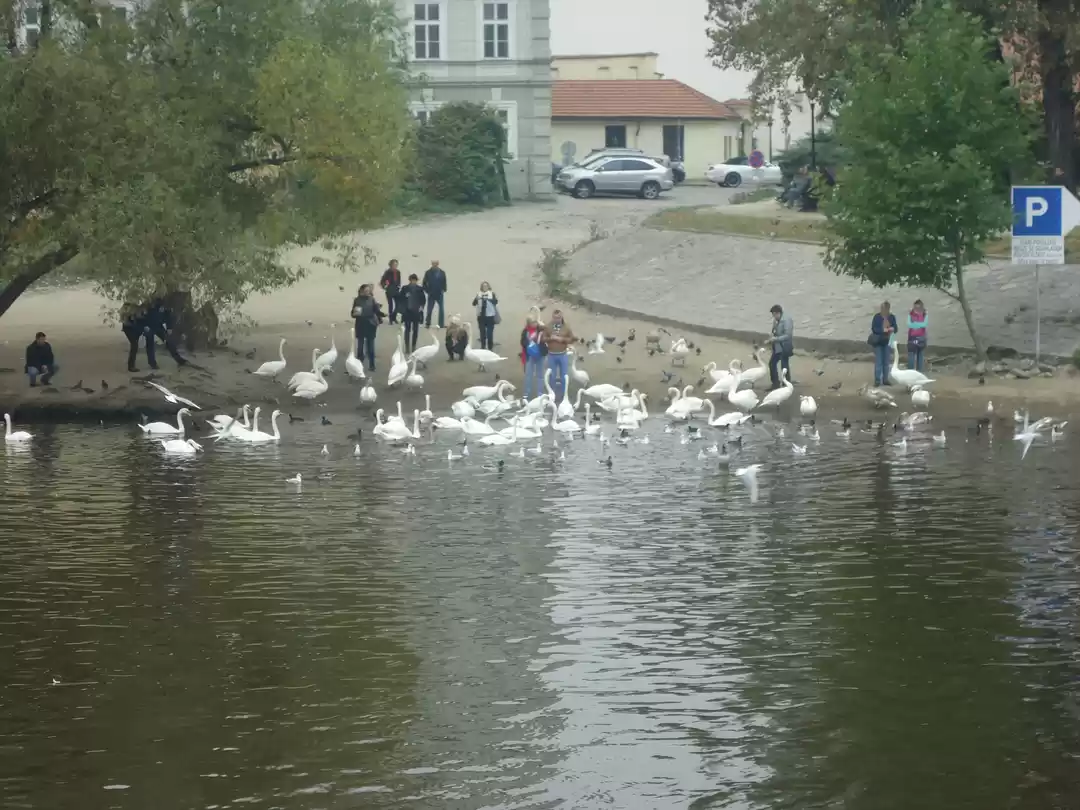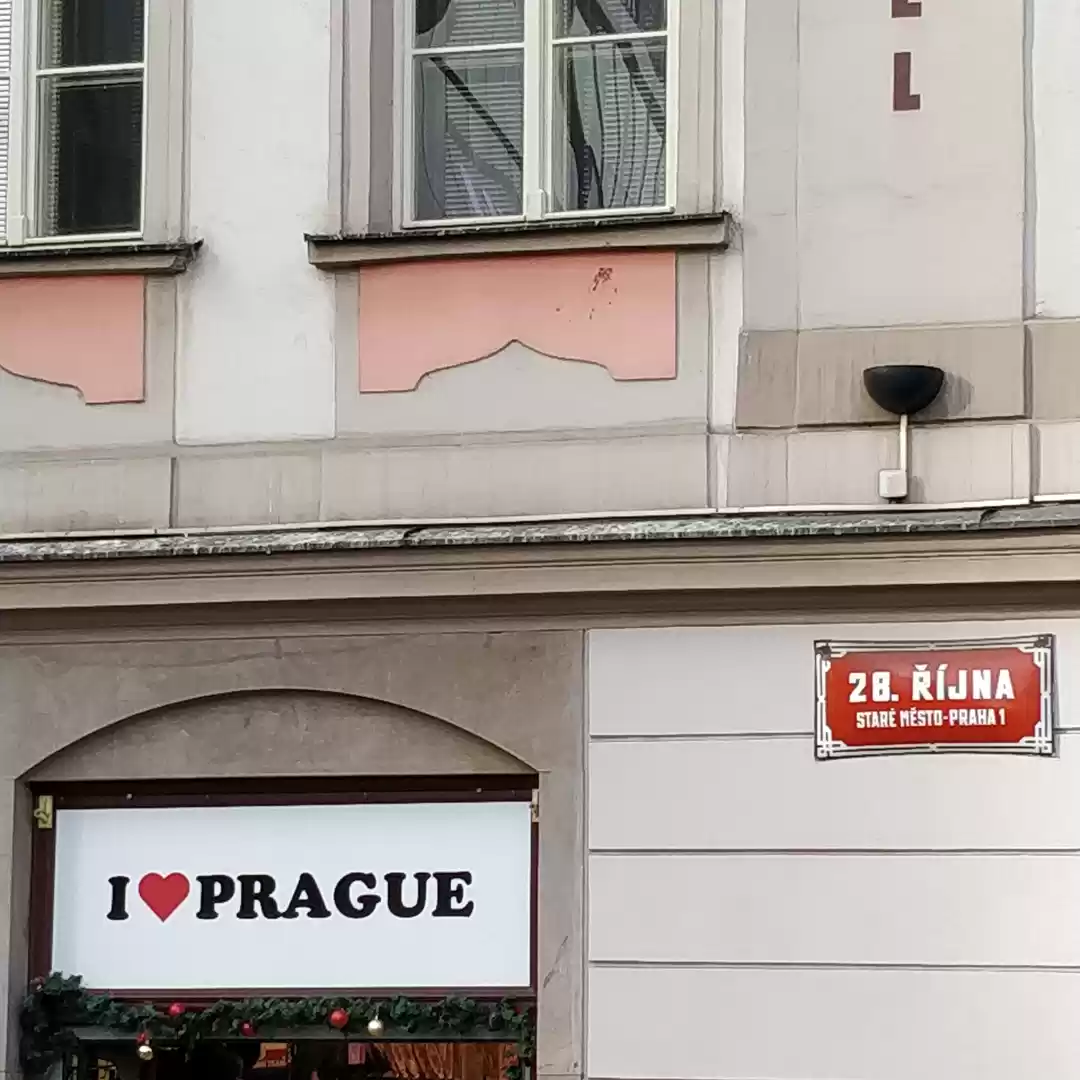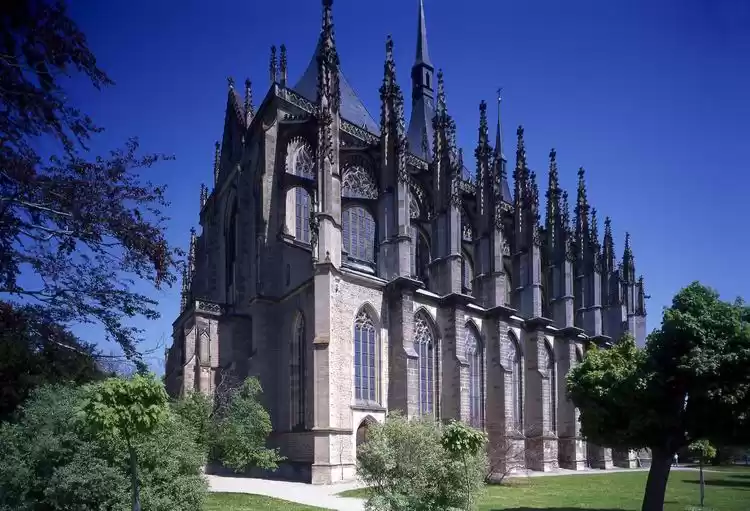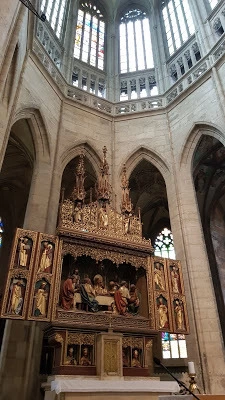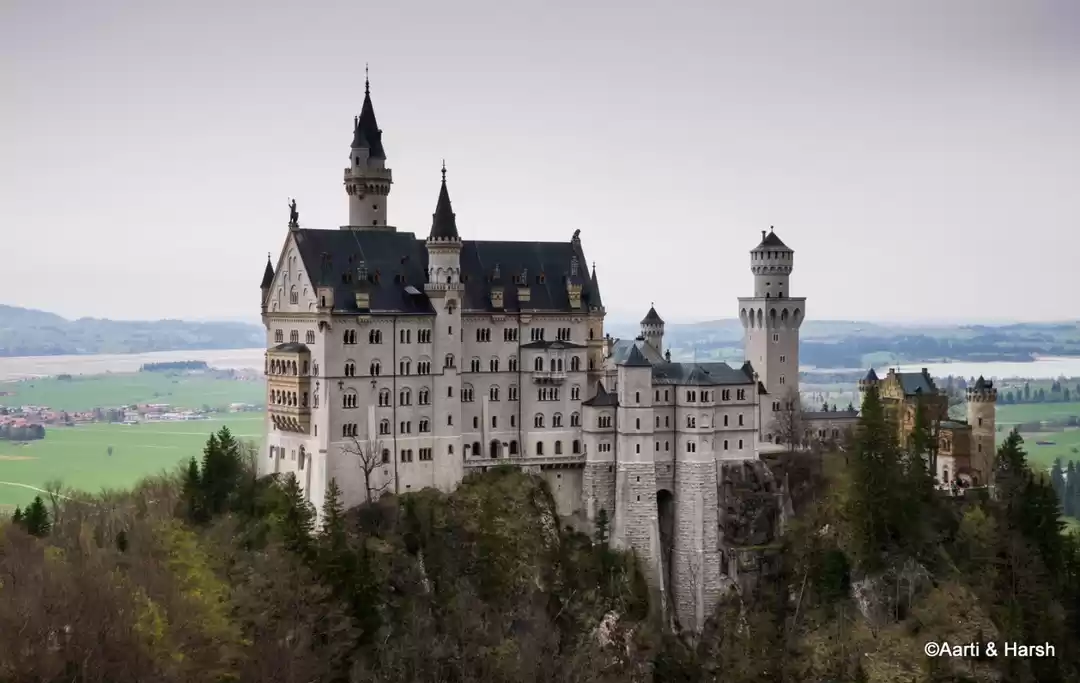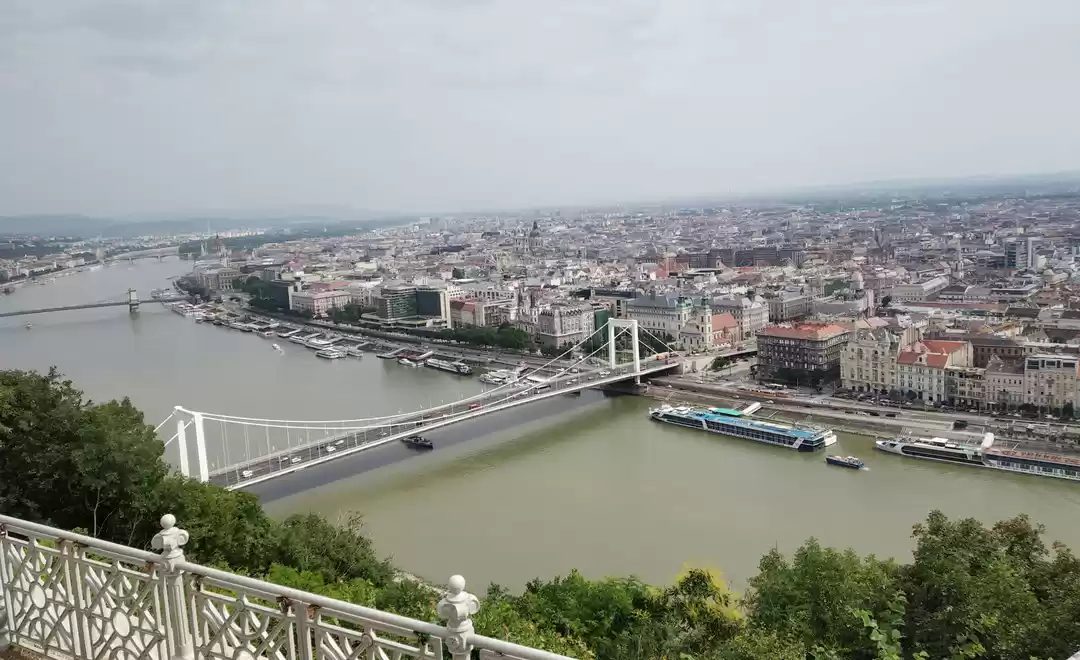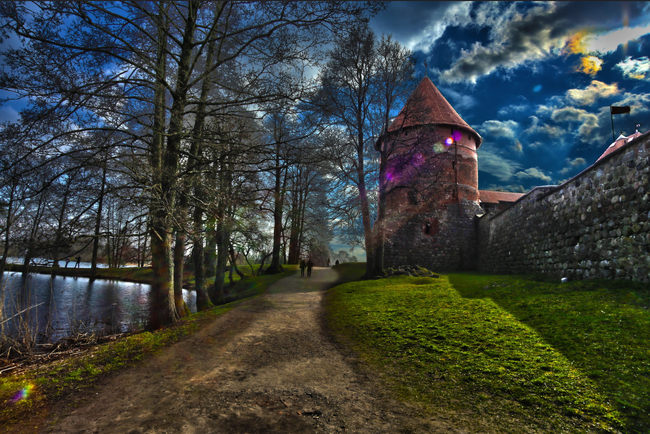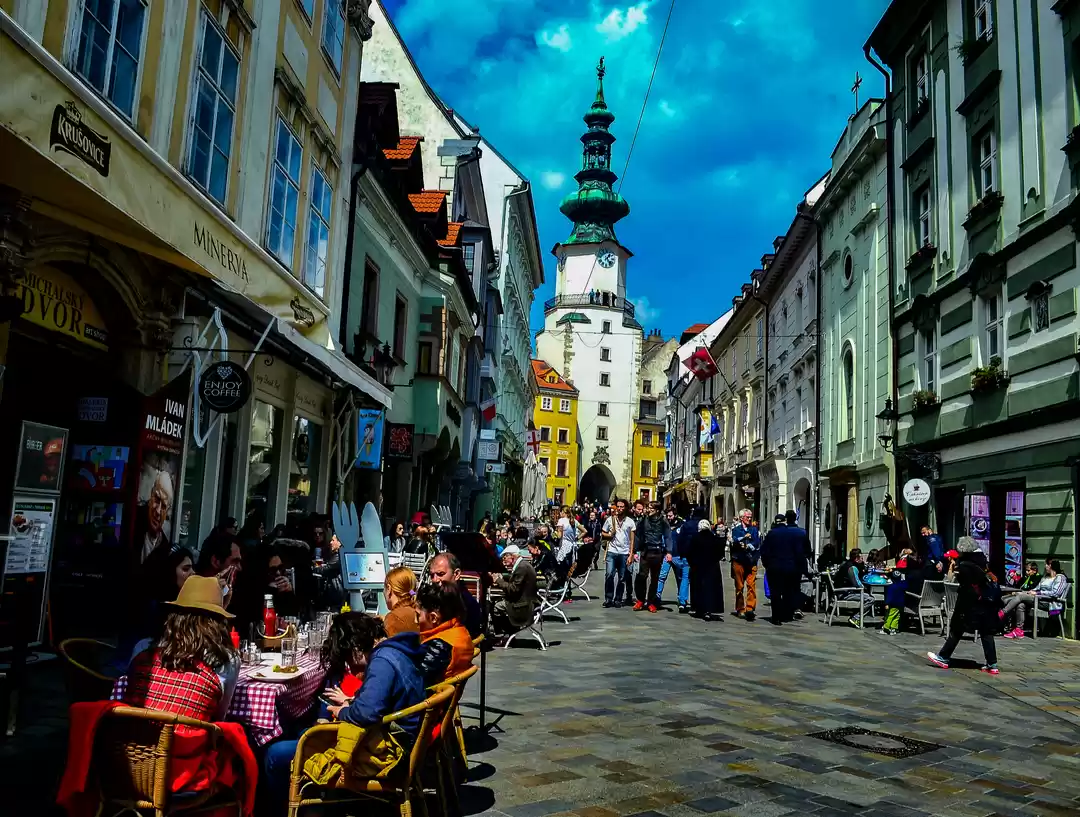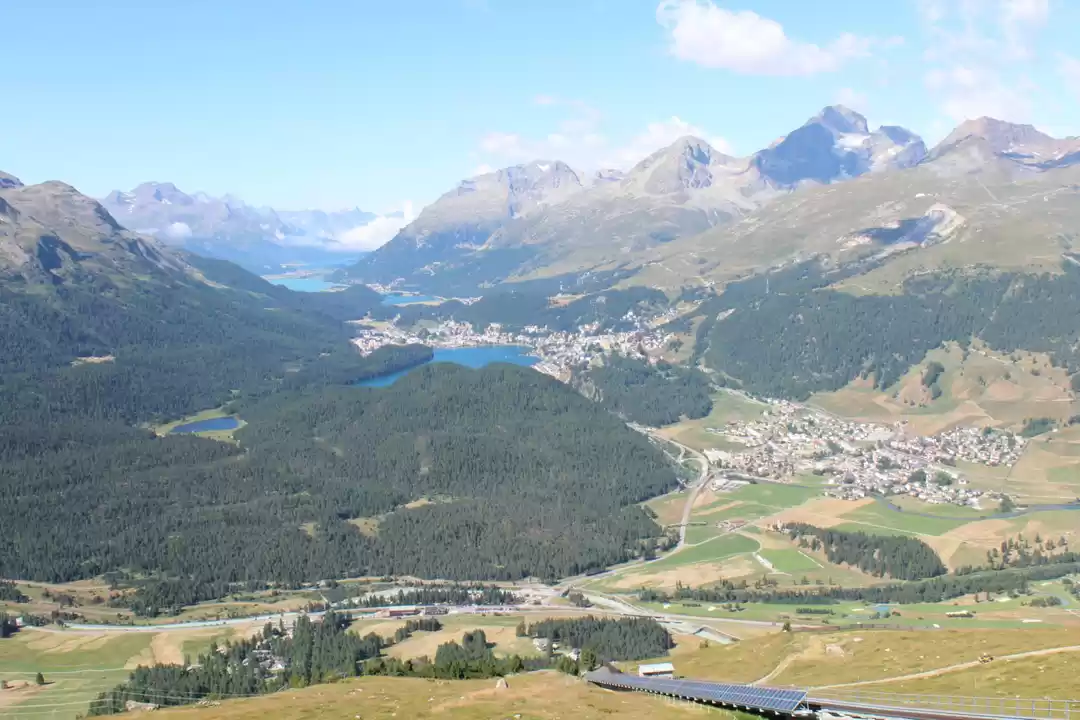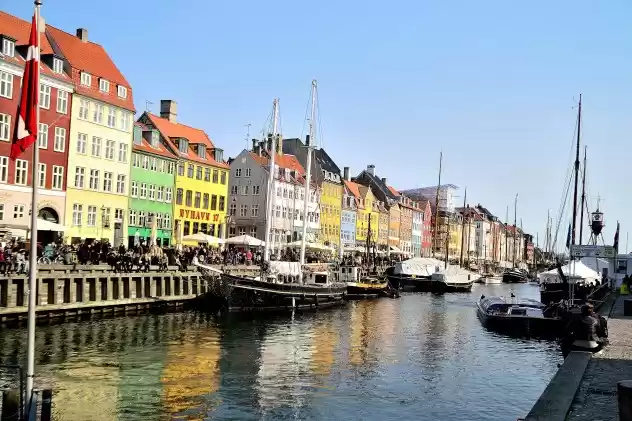..a century?
For 3 years consecutively, Lonely Planet rated this small town and the region around it as one of the most mesmerising yet hidden in the whole of Europe. The rankings were –
7th – Lonely Planet’s Ten Hidden Gems of Europe 2012
5th – Lonely Planet’s Top 10 European Travel Destinations for 2013
1st – Lonely Planet’s Europe’s 50 Best Kept Secrets 2014
This small town of Olomouc in the Moravian state of the Czech Republic is laden with a lot of historical monuments. You travel time absorbing the architectural wonders and history of The Plague Column, The Astronomical Clock, The Town Hall, The Six Fountains, The Church of St Michael, The Church of St Moritz and a few more which date back to the Baroque Period. Some of the other monuments date as far back as the 11th century.
Olomouc, which is often regarded as one of the most beautiful towns in the Czech Republic, was off the touristic radar until recently and therefore the feel is still very authentic. Horní Náměstí or the Upper Square is the main square of the town where life appears to be, and is, hassle free, slow and relaxed. You travel back a few decades to experience what Prague would have been like in the early 20th century – very original, not too crowded, depicting a laid back way of life with a very rich architectural legacy.
You travel back even further in time to learn about the history of the region and what importance architecture had in the lives of people during the 17th Century. The Plague Column was constructed by the artists who were the citizens of Olomouc, as a part of a celebration of the end of the Plague which struck the state of Moravia during 1713-1715. This column was declared a UNESCO World Heritage site in 2000 when it was described as “one of the most exceptional examples of the apogee of central European Baroque artistic expression”.

You travel back to witness the exemplary artistic and engineering capabilities of people centuries ago. These long-standing immaculate structures strike you with awe, with their endurance and attention to detail. This is often difficult to achieve in the current day with all the technology and equipment at our command.
I always love climbing the spiral staircases in the churches of Europe, which take you on the top of the church tower and offer an amazing view of the picturesque surroundings.
You travel back to the era of WW II as while walking around the town, one would still spot these iron lids dating back to the time when Hitler invaded the town. The town name is written in both German (top) and Czech (bottom) on the lid. Also when we pass by the houses of the Jew’s who were killed by the Nazi forces, we find metal plates inscribed in the ground right outside the house with the names of the deceased.
The state of Moravia also happens to be the place where the seeds of World War II were sown. There were a lot of ethnic Germans living in this region which was a part of Sudetenland back then. Hitler in the name of protecting their interests raged a war. A majority of the Jews of the region were victims through the Holocaust.
This town takes you back to World War II in the most realistically detailed manner, way better than any museum in the world would manage.
You travel back a Century when you move out of the town to visit a village called Karlova Studánka. Such is the scene as you step out of your car and your lungs take in the sort of air they have never ever felt before, when the surroundings are lush green and the only sound that you hear is the birds, the wind and leaves, when you have a tiny waterfall on one side of that street and a pond on the other, when you find out that the village has a natural spring of iron acidulous water known to have curing capabilities and a very famous spa where people seek complete rejuvenation, one starts disbelieving in the senses.
Karlova Studánka has the reputation of the cleanest air in Central Europe and as the website of the town aptly puts it – “If you are looking for a break from the hustle and bustle of civilization, if you want, at least for a while to return to the atmosphere of the last century, you need to breathe clean air, drink pure mineral water and feel the beauty of deep woods, then welcome to our village.”
If there is a heaven on earth, it cannot be better than this village. The following links would testify to all my description which may otherwise appear exaggerated –
(http://www.czechtourism.com/t/karlova-studanka/)
http://www.kstudanka.cz/o-obci/d-1160/p1=1026

You travel back in time when people started to age only once they crossed their 60’s. My host and friend Nella and her family look a lot younger than they actually are. Her dad looks like her older brother and the grandparents appear to be her parents. When such an untouched, pure and immaculate nature lies at their disposal, defying age is a part of daily life. I tell everyone I share this experience with, that people don’t age in that village. I envy them so much.
You travel back in time when English was not the common language, gadgets were not a part of people’s lives and hospitality was a part of ‘a giving’ culture. Hardly anyone in the village knew English but that is how you learn to surmount the barriers of language. We spent the evening taking Slivovitz shots (a strong homemade alcohol made of plum and the favourite among the locals) and sharing jokes. While the locals drink it as easily as a cup of tea, I underestimated its effects and it got the better of me.
Having been welcomed and treated like a family, these people have really made us feel humbled by the hospitality we received.

And to conclude, you not only travel back in time to witness the wonders of history, nature and the lives of people as they would have been a century ago, you also reserve a small place for yourself in history itself. Probably being the first ever Indian to visit Karlova , the mayor Radka Chudová who also happens to be Nella’s mother, requested a handwritten note in.Hindi for their town book. What I wrote was – “If I ever take a birth again, this is the place I would like to be born”
“Planning every single part of your trip only focused on the well-known, most famous attractions is like choosing to swim in the pool even when the whole of the ocean is right in front of your eyes.” For me, the most amazing times spent while travelling has come from and out of the most random plans I’ve made. This unplanned trip to Moravia remains one of the best trips of my life, one of the most wonderful places I’ve been to and some of the best days I’ve lived.
Trip first published on Travelling Again
Frequent searches leading to this page:-
Europe tour packages for family from Delhi, Europe tour packages for family from India, Europe tour packages for family from Mumbai, Europe tour package from India, best things to do in Europe during winter, best things to do in Europe, unusual things to do in Europe, extreme things to do in Europe


